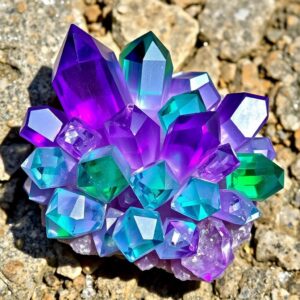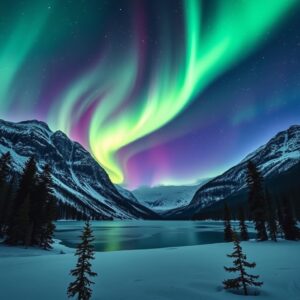
Explore & Play
Discover interesting topics and solve the accompanying crossword puzzle.
Volcano crossword: Discover Kīlauea, Vesuvius, and Stromboli
Table of Contents
Volcano crossword
You can either fill in the crossword puzzle directly on this page or click the button in the bottom right corner to print it for free.
——————————————
Exploring Volcanoes: Lava, Eruptions, and Famous Giants like Kīlauea, Vesuvius, and Stromboli

1. Overview of Volcanoes and Volcanic Activity
Picture a mountain that’s alive, breathing and reshaping the earth beneath your feet. That’s a volcano—a natural gateway where molten rock escapes from deep inside the planet. At its heart lies the magma chamber, a hidden reservoir of molten rock sitting miles underground. When pressure builds, magma finds its way up through the vent, carving a path to the surface. Once magma breaks free, it’s called lava—what’s underground transforms into a fiery river or explosive cloud above.
Volcanoes tell their stories in two main ways: effusive eruptions gently pour lava that flows like glowing rivers, slowly reshaping landscapes, while explosive eruptions violently hurl ash, gas, and rock high into the sky, darkening days and altering climates. Each type sketches a different pattern on the earth’s canvas—sometimes calming, sometimes dramatic.
Lava flows, the slow painters of volcanic art, come in textures from glassy and smooth to rough and chunky. Meanwhile, ash clouds drift far and wide, casting shadows and creating rich, fertile soils when they settle. Those soils, packed with minerals like magnesium and potassium, quietly nurture farms and forests that thrive where few others could.
Volcanoes stand as giants across the globe, their footprints visible in the shapes of islands, valleys, and rich farmlands. Vesuvius shaped the story of Pompeii, Kīlauea crafts new Hawaiian landscapes even today, and Stromboli lights the Mediterranean sky with steady bursts. Each volcano invites us to see the earth as a living, breathing force—at once destructive and creative, wild yet essential. Through their fire, we glimpse the rhythms that have shaped life, culture, and land for millennia, connecting the past to the pulse of our present world.
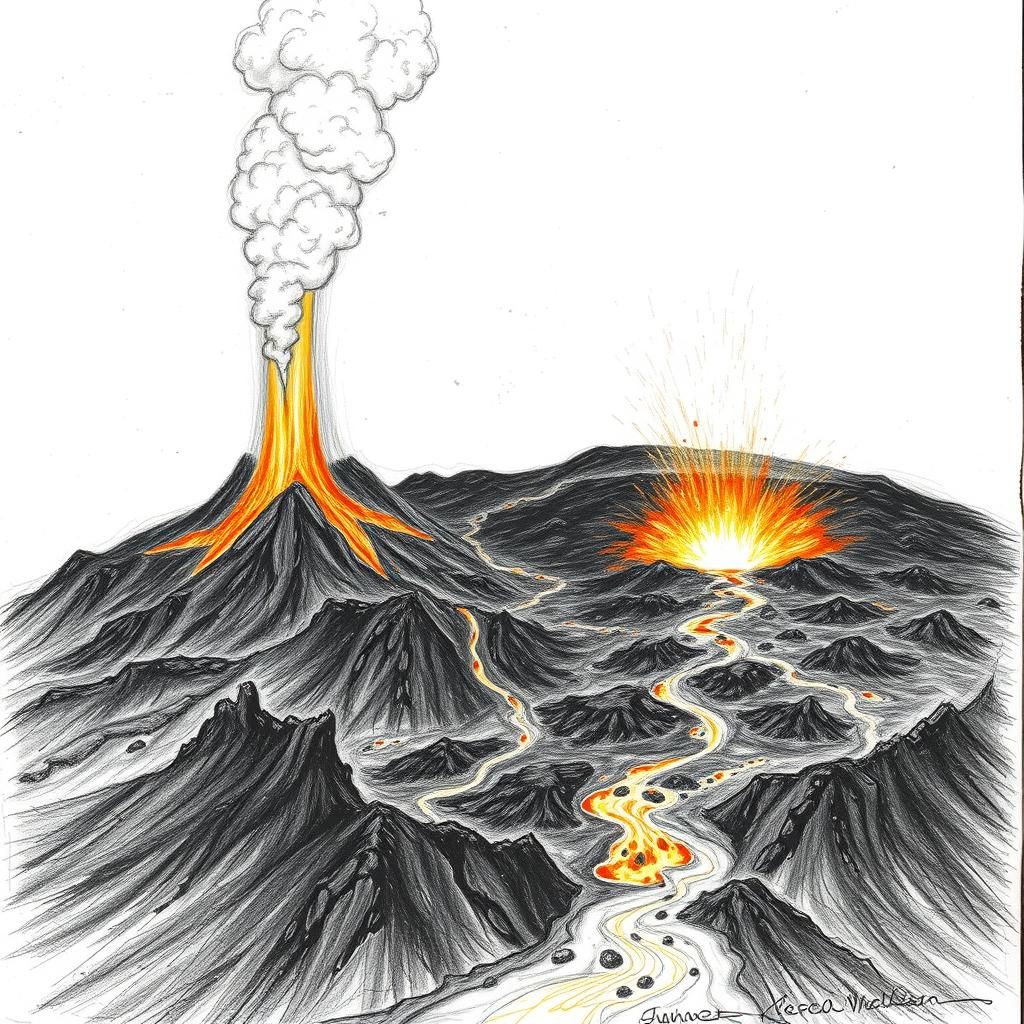
2. Kīlauea’s Recent Eruptions and Lava Features
Picture standing on the rim of Kīlauea, Hawaii’s fiery heart, as streams of molten rock leap and ripple like liquid fire. In 2024, the volcano put on a show that reached up to 80 meters high—lava fountains dancing against the night sky, casting an otherworldly glow over the Big Island. This display of raw, unyielding energy continues well into 2025, a reminder that Kīlauea is far from quiet.
What’s striking about Kīlauea is how young its surface really is. Nearly 90% of the ground you walk on formed less than a thousand years ago, shaped by countless flows of fresh lava. The land here is in constant rebirth, a living canvas painted anew whenever the volcano wakes. This makes Kīlauea one of the most active—and fascinating—volcanoes on Earth.
Among its unique features are the intricate lava tubes—hidden tunnels where molten rock once rushed beneath a hardened crust, now silent passageways carved into the island’s bones. Craters bloom like scars on the landscape, each telling a story of eruptions past. These volcanic marvels don’t just sculpt the island’s geography; they deeply affect local communities, shaping not only the land but the lives woven around it.
In Kīlauea’s fiery embrace, you witness the eternal dance of destruction and creation—a reminder that even the fiercest forces of nature gift us with renewal.
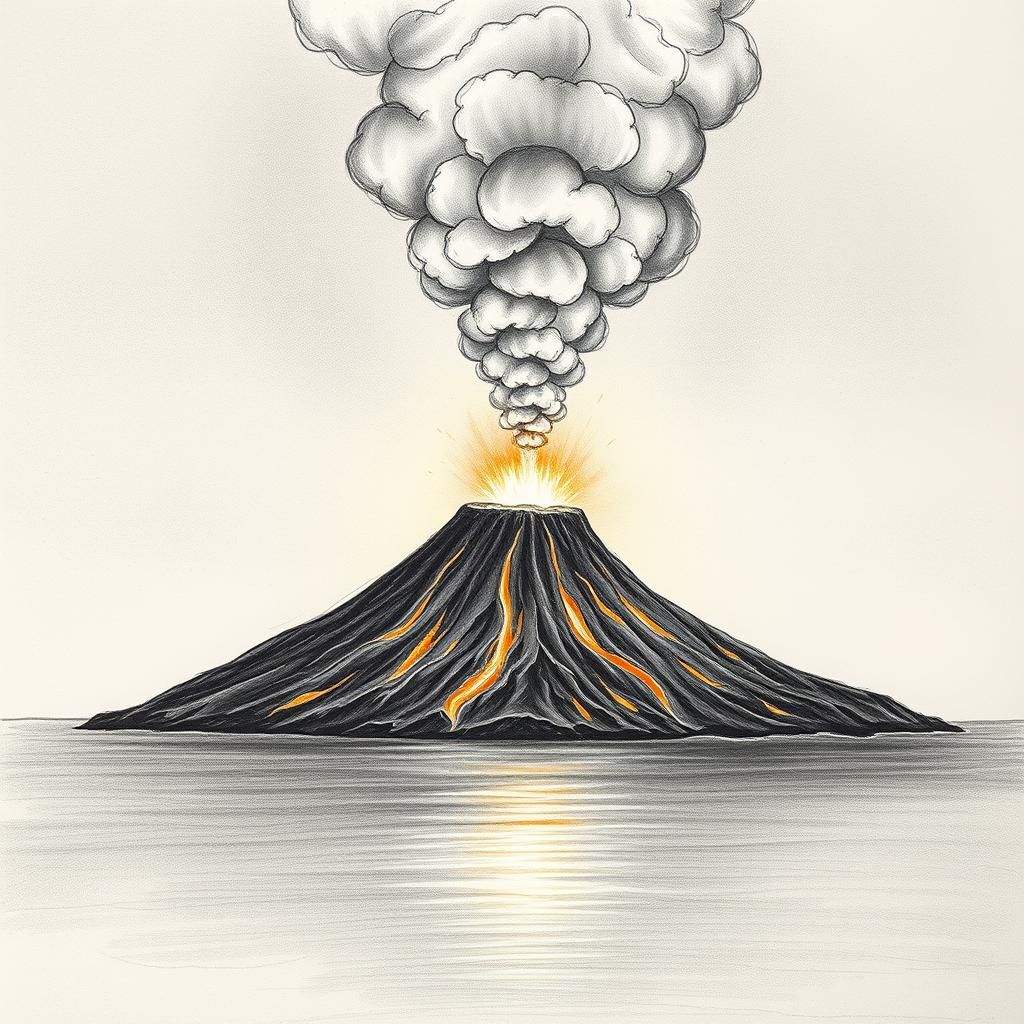
3. Stromboli’s Unique Eruption Style and Risks
Walking along the rim of Stromboli, it’s easy to feel the pulse of Earth itself. Every 10 to 20 minutes, the volcano stirs to life, sending a fountain of glowing lava into the twilight air — a gentle but mesmerizing spectacle that earned it the nickname, “Lighthouse of the Mediterranean.” These Strombolian eruptions, named after this very volcano, are like the planet’s own heartbeat: frequent, rhythmic bursts of gas and molten rock breaking free from deep below. Instead of cataclysmic blasts, Stromboli offers a steady, fiery dance — lava fountains reach tens of meters high, while ash clouds curl upward, painting the night sky with orange and gray hues.
But beneath this enchanting display lies a reminder that Stromboli’s mood can shift in an instant. Its eruptions, though typically mild, have the power to surprise. The volcano’s frequent activity means its lava fountains and ash clouds are part of a natural rhythm, yet sudden, more intense explosions have happened without much warning. The tragic 2019 eruption that claimed a hiker’s life cast a sober shadow over this fiery island, emphasizing the real risks involved for those drawn to its volcanic allure.
Stromboli’s charm lies not just in its eruptions but in this delicate balance — a volcano that continuously invites curiosity and reverence while demanding respect for its unpredictable power. It’s a vivid reminder: even the gentlest giants can roar.
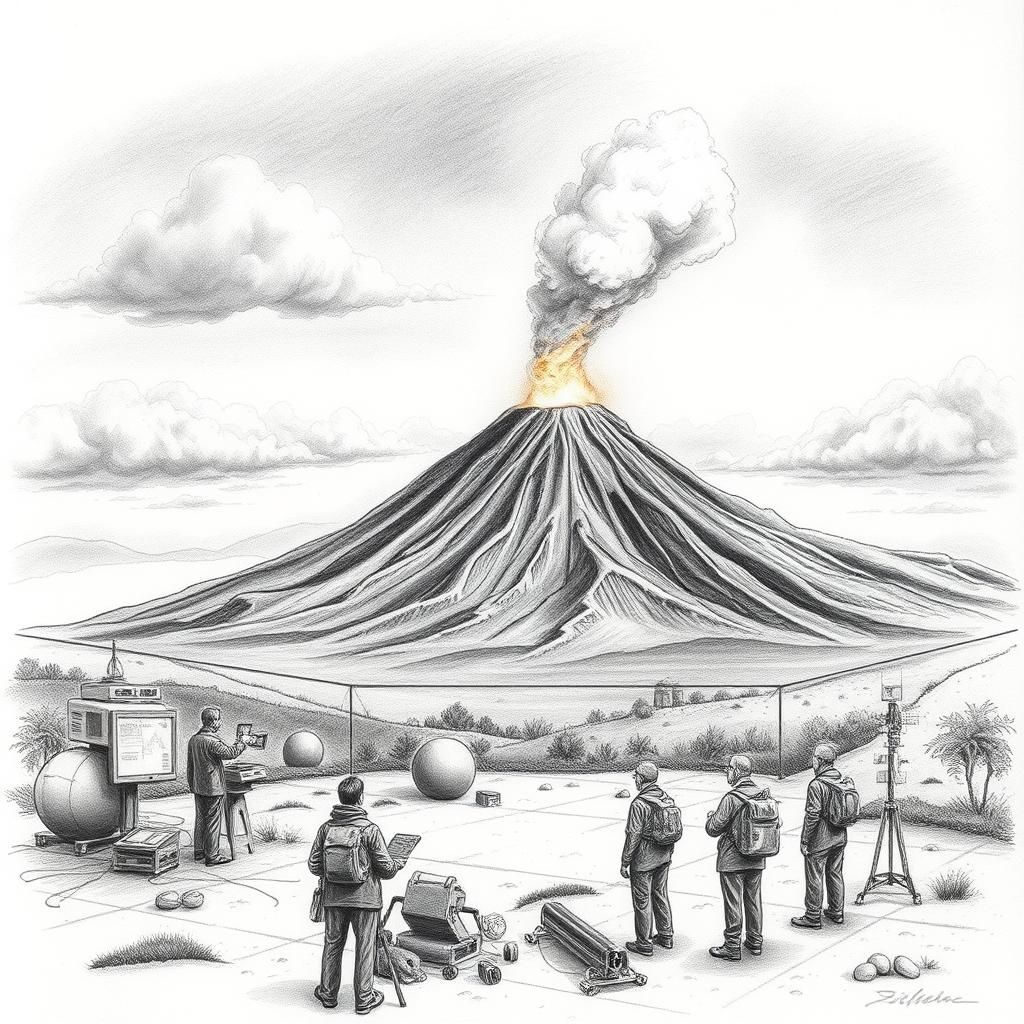
4. Signs of Unrest at Vesuvius and the Importance of Monitoring
Imagine standing at the edge of a sleeping giant—a mountain that hasn’t fully woken for centuries but still hums quietly beneath the surface. Mount Vesuvius, perched near the bustling city of Naples, has been the subject of watchful eyes and careful whispers in recent years. In 2025, the volcano showed unmistakable signs that the earth beneath it was stirring once again. Thousands of small earthquakes, nearly a thousand tremors in a brief span, rippled through the area, like the volcano was flexing muscles long dormant. Not just subtle shakes, but ground uplift—slow, almost imperceptible swelling of the land—revealed magma inching upward beneath Vesuvius’s crater, a silent and tension-filled prelude to potential eruption.
This restless turmoil isn’t new to volcanologists, but it’s a stark reminder of how dynamic these natural wonders truly are. Beneath Vesuvius’s calm exterior lies a complex plumbing system where molten rock shifts and presses upward, causing the Earth to breathe in subtle pulses. This movement triggers seismic activity and changes the shape of the volcano’s summit, like a warning sign etched into the landscape itself.
To keep this sleeping giant from surprising millions of nearby residents, scientists rely on a suite of monitoring tools: seismographs capture every tiny quake; GPS instruments measure ground deformation with millimeter precision; sulfur dioxide and other gases escaping from fumaroles are closely analyzed for changes. This continuous web of data forms the eyes and ears that keep watch over Vesuvius, offering glimpses into its hidden behavior. It’s not just about science; it’s about protecting lives.
Communities around Vesuvius understand the stakes. Decades of disaster planning and emergency drills prepare them for the day when the mountain speaks louder, when evacuation routes and shelters must be activated without hesitation. In this delicate dance between nature and human resilience, monitoring transforms from a scientific necessity into a lifeline, reminding us that beneath the beauty of that iconic silhouette lies a force both awe-inspiring and humbling.

5. The Formation and Myths about Calderas
Picture a vast, sunken bowl—sometimes miles wide—where once a mountain stood proud and tall. That’s a caldera, a grand volcanic crater formed when the ground abruptly sags after a volcanic eruption empties the magma chamber beneath it. Unlike the small craters perched at a volcano’s peak, calderas are the result of a dramatic collapse, a powerful reshaping of the earth’s surface that can leave behind stunning landscapes and complex ecosystems.
A common myth whispers that calderas collapse in a single, violent instant—like a popcorn kernel bursting open. But nature often tells its stories with more patience and nuance. The truth is that caldera formation can unfold gradually, stretching over days, months, or even years. As magma drains away beneath the surface, the roof of the chamber weakens and caves in slowly, step by step, relieving pressure and reshaping the land above. It’s a slow-motion drama written in rock, not a sudden snap.
We need look no further than some of the world’s most famous calderas to grasp their scale and significance. Yellowstone’s steaming caldera, for instance, stretches about 30 by 45 miles—a reminder of the immense forces brewing beneath our feet. Closer to home, Italy’s Campi Flegrei embraces a caldera rich in history and natural wonder, its simmering faults a vivid testament to ongoing volcanic activity. These giants not only sculpt the earth’s surface but influence vegetation patterns, water reservoirs, and human settlement, quietly linking geology with daily life.
In seeing a caldera, we witness the earth’s restless heartbeat—the interplay of destruction and creation, collapse and renewal. Calderas invite us to slow down, look deeper, and appreciate the slow yet powerful forces that mold our world over time.

6. The Role and Significance of Volcanic Vents
Step close enough to a volcano, and you’ll notice that it’s not just a single, simple hole spewing lava. Instead, there’s a complex network of openings—volcanic vents—that act as nature’s pressure valves, guiding magma and gases from deep underground to the surface. These vents are the veins of a volcano’s lifeblood, each with a unique role.
At the heart lies the main vent—the primary chimney through which most magma escapes during an eruption, often creating the iconic cone we picture in mountain posters. But around this core, parasitic cones form as side vents, smaller openings that emerge when magma finds alternative paths through fractures and weak spots on a volcano’s flanks. Then there are fissures—long cracks from which lava can ooze out in rivers, reshaping the landscape in broad sweeps rather than dramatic blasts.
These vents don’t randomly appear like holes in Swiss cheese. Their placement tells a story about the volcano’s underground plumbing system. Imagine this network as a subterranean maze of chambers and channels. Where pressure builds or rock fractures, vents open—a map written in magma and stone. Studying their distribution reveals how magma moves beneath the surface and even hints at what kind of eruption to anticipate. For example, clustered vents might signal a restless volcano ready to change its style, from quiet lava flows to explosive bursts.
Vents also dictate the very shape and character of a volcano. A single, steady main vent can build tall, symmetrical cones, while multiple vents scattered across the summit and sides give rise to sprawling volcanic complexes with rugged terrain. And when vents shift or close off, the volcano might breathe differently, sometimes quietly for years before reminding us of its power.
In short, volcanic vents are the dynamic gateways between Earth’s hidden fires and the world above. Understanding them is key not only to decoding volcanic behavior but also to appreciating how these giants grow, live, and sometimes roar—shaping the landscapes and lives entwined with their ancient fury.
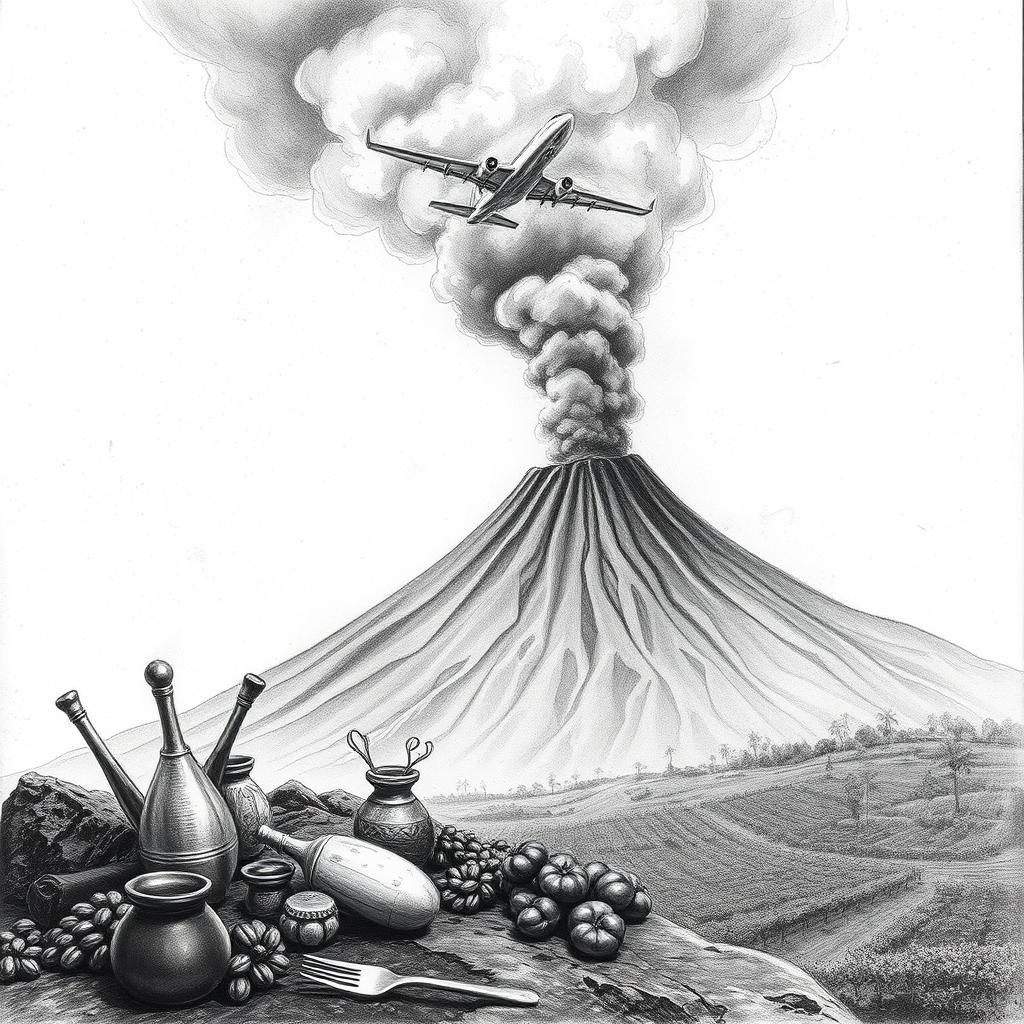
7. Impacts of Volcanic Ash on Aviation and Cultural Uses of Lava Rock
Picture a plane soaring through the sky when, suddenly, it encounters a drifting cloud of volcanic ash—fine grit sharp enough to wear down engine parts and obscure the pilots’ view. Volcanic ash isn’t just dust; it’s a hidden menace that can turn a routine flight into a life-threatening challenge. When volcanic ash gets sucked into jet engines, it melts inside the high heat chambers and then solidifies on turbine blades, causing engines to stall or fail. This danger has forced airlines to rethink routes, sometimes diverting entire fleets around ash clouds to keep passengers safe.
Beyond disrupting air travel, volcanic materials have quietly shaped human culture and everyday life. Lava rock, born from molten flows that once carved through landscapes, has been embraced worldwide for its rugged beauty and strength. In ancient times, it was fashioned into tools—sharp, durable edges that made daily tasks easier. Today, you might find lava stone in artistic sculptures, paving stones beneath your feet, even sleek kitchen countertops. This rock carries the history of fire and earth, woven into objects that blend form with resilience.
And beneath it all, the earth’s volcanic heartbeat nourishes the land. Volcanic soils, rich with minerals like magnesium and potassium, create pockets of fertility that farmers have treasured for centuries. These soils support unique crops—from the sweet coffee beans of Hawaii’s slopes to the vineyards nestled near Italy’s restless volcanoes—highlighting how fire and ash continue to sustain life, long after the eruption’s fury has cooled.
Share to...
I hope you enjoy the content.
Want to receive our daily crossword puzzle or article? Subscribe!
You may also be interested in
Share to…
Want to receive our daily crossword puzzle?
-
Jigsaw Puzzles
Fish Market in Norway Jigsaw Puzzle 250 | 300 | 500 Pieces
kr 348,00 – kr 439,00Price range: kr 348,00 through kr 439,00 Select options This product has multiple variants. The options may be chosen on the product page -
Jigsaw Puzzles
Maine Coon Cat Ink Wash Puzzle 250 | 300 | 500 Pieces
kr 348,00 – kr 439,00Price range: kr 348,00 through kr 439,00 Select options This product has multiple variants. The options may be chosen on the product page -
Jigsaw Puzzles
Norwegian Stave Church Abstract Jigsaw Puzzle 250 | 300 | 500 Pieces
kr 348,00 – kr 439,00Price range: kr 348,00 through kr 439,00 Select options This product has multiple variants. The options may be chosen on the product page
